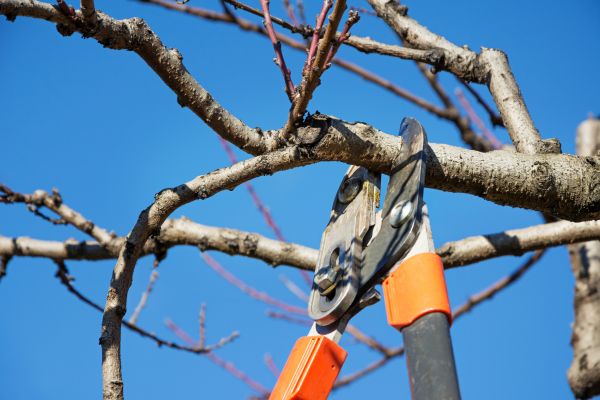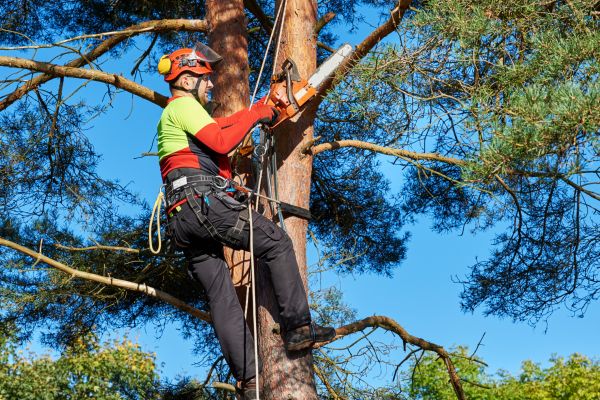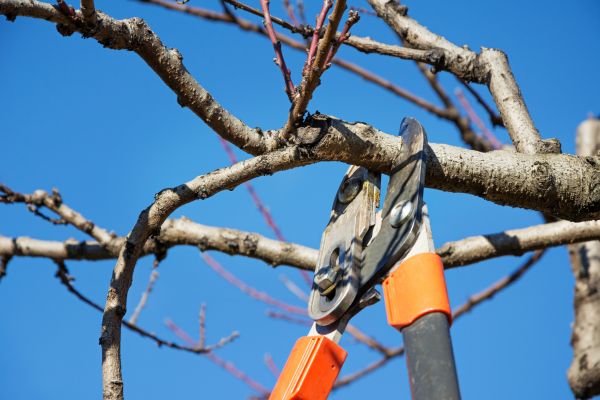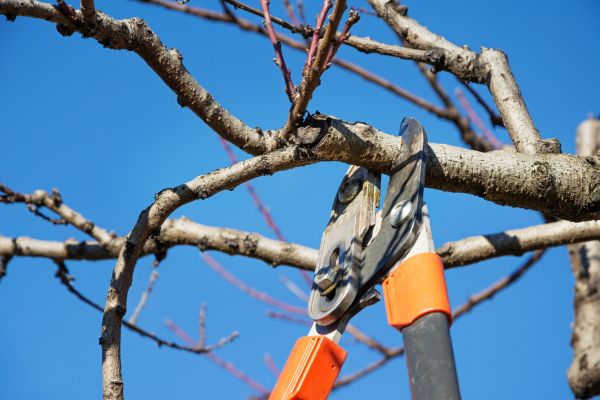Affordable Selective Pruning
Selective pruning is a horticultural practice that involves the careful removal of specific branches or stems from a plant or tree. This technique is employed to enhance the plant's overall health, aesthetics, and productivity. Unlike general pruning, which may involve cutting back large sections of a plant indiscriminately, selective pruning is a more nuanced approach that requires an understanding of the plant's natural growth patterns and needs. By removing dead, diseased, or overcrowded branches, selective pruning helps to improve air circulation and light penetration, which are crucial for the plant's photosynthesis process. Moreover, it helps to shape the plant in a way that encourages robust growth and maximizes its flowering or fruiting potential. This method is particularly important for maintaining the structural integrity of trees, preventing potential hazards from falling branches, and reducing the risk of pest infestations and diseases. Overall, selective pruning is a vital practice for anyone looking to maintain a healthy, vibrant garden or landscape.
Benefits of Selective Pruning
-
Improved Plant Health
By removing dead or diseased branches, selective pruning helps to prevent the spread of disease and pest infestations, promoting the overall health of the plant. This proactive approach ensures that the plant can focus its energy on healthy growth rather than fighting off infections. -
Enhanced Aesthetic Appeal
Selective pruning allows for the shaping of plants and trees to achieve a desired look, enhancing the visual appeal of gardens and landscapes. This tailored approach can highlight certain features of the plant and create a more pleasing and organized appearance. -
Increased Sunlight and Air Circulation
Removing overcrowded branches allows more sunlight to reach the inner parts of the plant, which is essential for photosynthesis. Improved air circulation also reduces the likelihood of fungal diseases, as it helps to keep the foliage dry and healthy. -
Boosted Fruit and Flower Production
By strategically cutting back certain areas of a plant, selective pruning can encourage more vigorous flowering and fruiting. This is particularly beneficial for fruit trees and flowering shrubs, as it can lead to larger and more abundant yields. -
Safety and Structural Integrity
Regular selective pruning helps maintain the structural integrity of trees, reducing the risk of falling branches that could cause injury or damage. This is especially important in urban areas where trees are in close proximity to people and property. -
Longevity of Plants
A well-pruned plant is generally healthier and can live longer than one that is left to grow unchecked. Selective pruning helps to manage the plant's size and shape, ensuring that it remains a sustainable part of the landscape for many years.
Fill out the contact form today to request our professional Selective Pruning service and ensure your garden or landscape stays healthy and beautiful!




